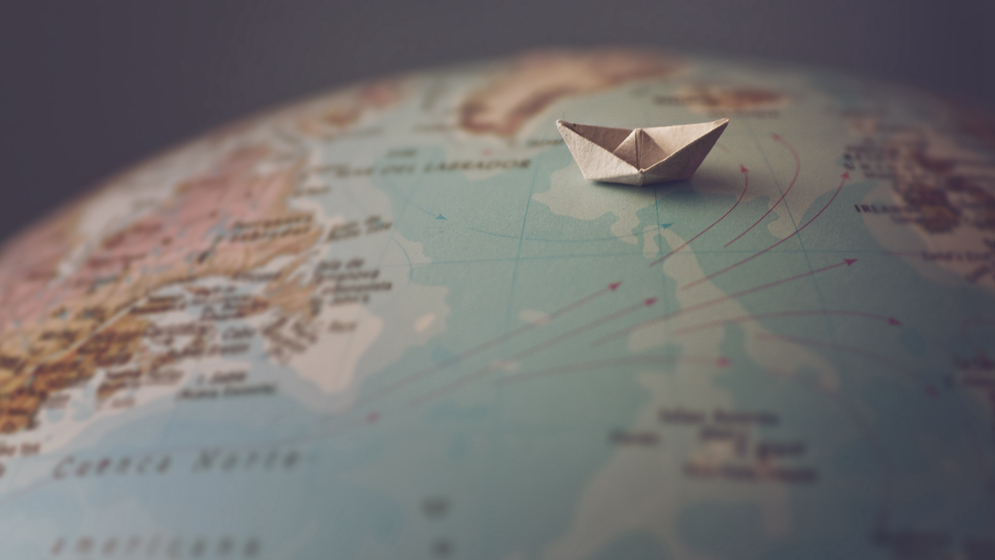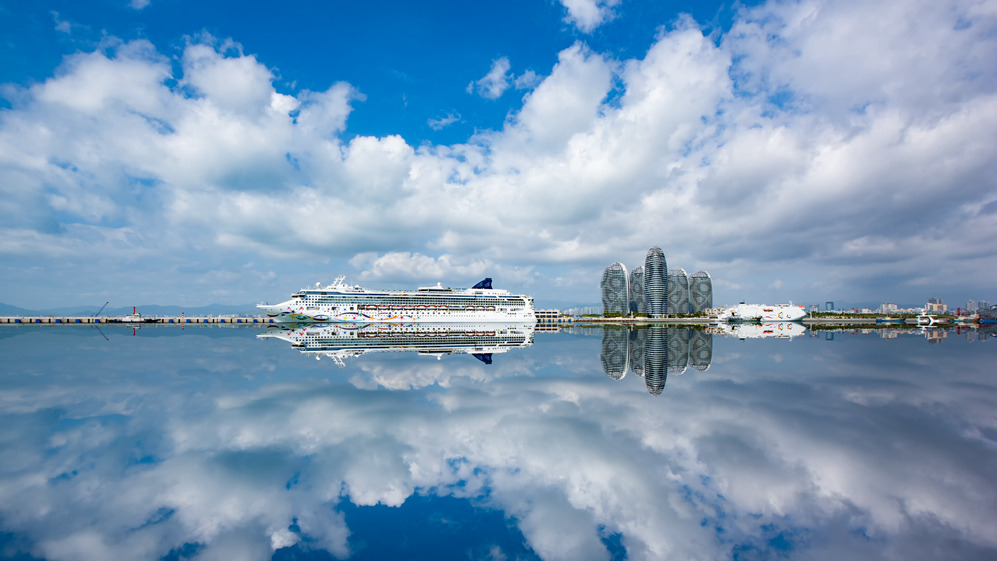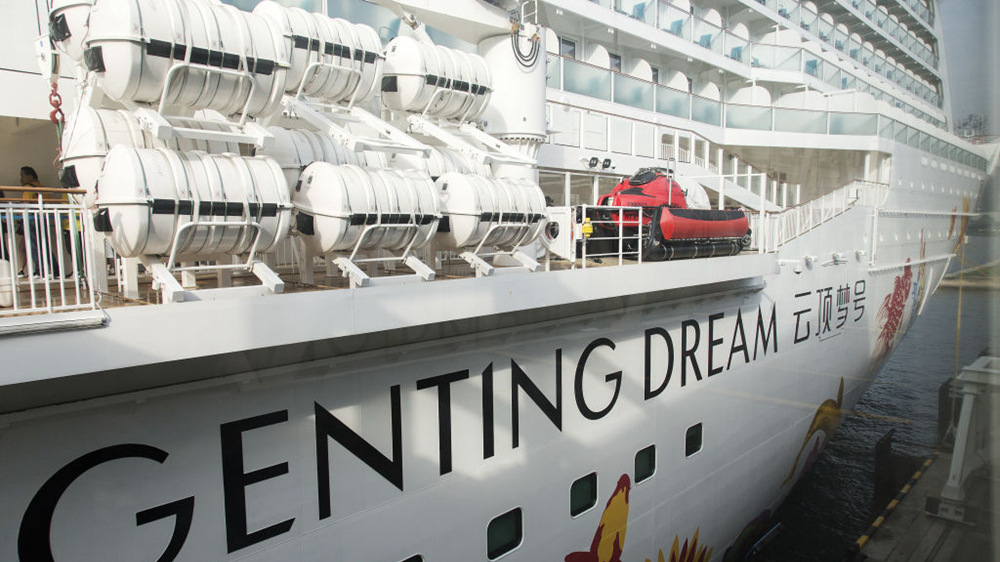
Travel
09:54, 23-Apr-2019
21st-Century Maritime Silk Road drives cruise tours in new era
Wang Yutong

The ancient Maritime Silk Road has served as an important bridge between the East and the West. Today, the 21st-Century Maritime Silk Road works as a sea corridor with Southeast Asia as a hub.
According to the statistics by China Cruise and Yacht Industry Association, cruise tours have seen a big boom in recent years thanks to the Belt and Road Initiative (BRI). Centered on China's coastal cities and the cities on the 21st-Century Maritime Silk Road, the tourism industry is realizing globalized rebalancing and initiating new regional cooperation.
The 21st-Century Maritime Silk Road boasts the most elite collection of tourism resources, bringing together 80 percent of the world's cultural heritage elements, and more than 60 countries and 4.4 billion people, according to the China Cruise Shipping website.

Cityscape of Sanya, Hainan Province, China. /VCG Photo
Cityscape of Sanya, Hainan Province, China. /VCG Photo
The Chinese cruise market has seen fast growth, making China the world's second-largest market for cruise travel after the United States, according to official figures.
By 2030, China is likely to become the world's largest cruise market, with 8 to 10 million customers each year, according to the China Communications and Transportation Association.
In April 2015, the establishment of the 21st-Century Maritime Silk Road Cruise Tourism Cooperation was announced. There are eight ports of four countries – China, South Korea, Malaysia and Singapore.

Launch of Genting Cruise Line's Dream Cruise in Singapore. /VCG Photo
Launch of Genting Cruise Line's Dream Cruise in Singapore. /VCG Photo
South China's Hainan Province has vigorously developed the cruise industry and created unique South China Sea cruise tourism products, opening the cruise routes from Haikou to Vietnam, the Philippines, Malaysia, and Thailand, in addition to China's Hong Kong, Macao, and Taiwan, along the Maritime Silk Road.
The cooperation is aiming to make full use of the abundant marine and coastal tourism resources in Asia's vast tropical and subtropical area; to carry out cruise tourism with leisure experience for tourists across the world, and to forge ahead for the economic development of coastal countries and regions.
Cruise tours are the best choices for the elderly and children, but it does not mean staying on the ship for the whole time. Passengers can do sightseeing ashore during the day and enjoy nights on the cruise. It is an energy-saving and cost-saving travel pattern that is attracting more and more tourists.
(With inputs from China Daily)

SITEMAP
Copyright © 2018 CGTN. Beijing ICP prepared NO.16065310-3
Copyright © 2018 CGTN. Beijing ICP prepared NO.16065310-3